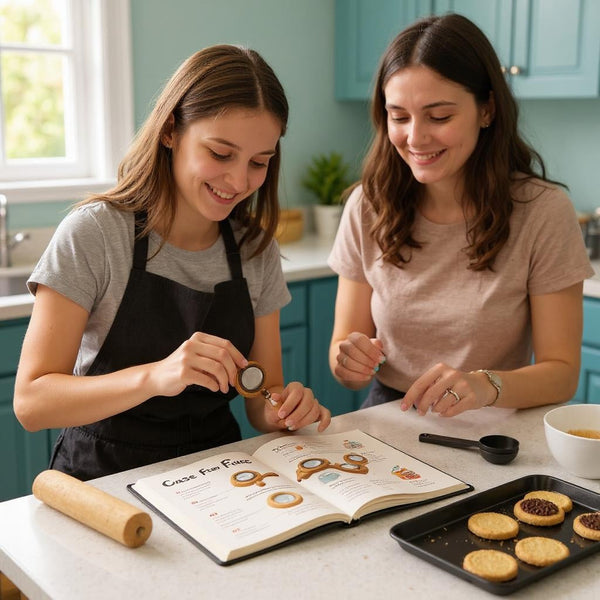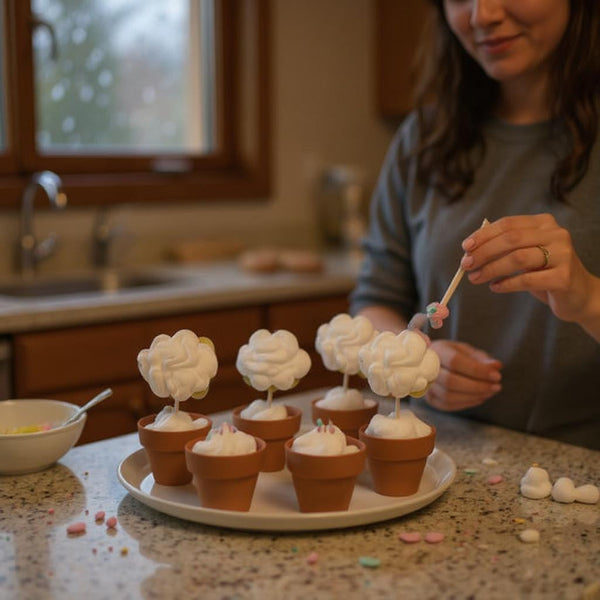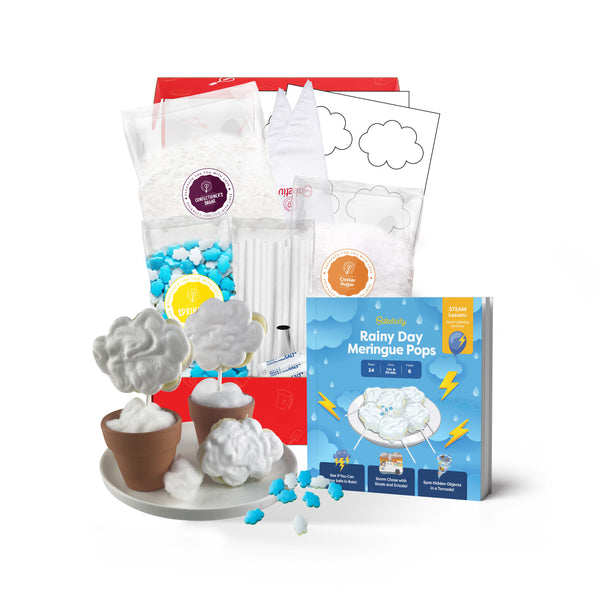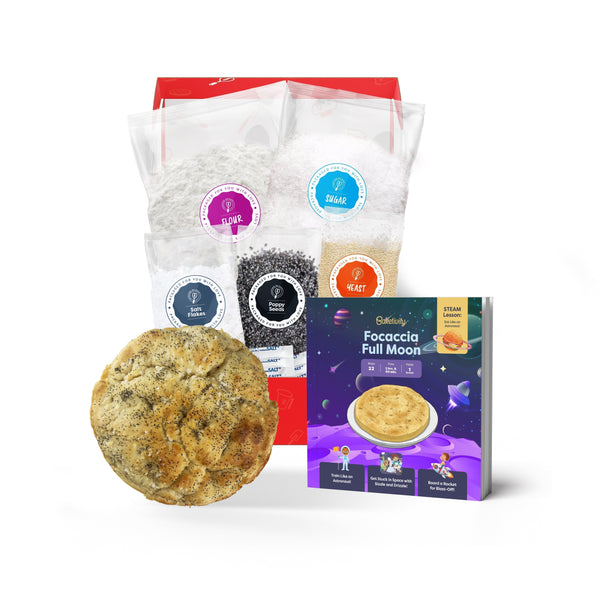How children absorb from their parents
“Children learn more from what you are than what you teach.”
Young children are oh, so impressionable and always eager to learn. That can be- and is- a great thing, however it comes with risks as well. Children’s brains are like a sponge- drawing in and storing information that they come by.
As your 1 or 2-year-old child starts picking up the basic words, you may feel inclined to teach them certain words, such as please or thank you. When they ask for candy, you may tell them “say please” and you reward them with the candy once they do that. After giving them the candy, you say “okay, now say thank you”, and generally that’s what the child will do.
This sort of practice is not wrong, however, they may get used to being prompted to say “please” and “thank you”. This can limit them in the future when they’re not prompted and they forget their manners. However, when their parent constantly says “please” and “thank you” when THEY receive something, then that’s a great “memory exercise” for your child.
The impressions a child makes when they are young will accompany them as they grow older as well. This is why it’s important to model good behavior, and not just teach it.
The way a parent acts towards peers that are different from them- either different races, genders, disabilities, limitations etc, that’s the way the child will act.
Children absorb what the adults model
So, as a parent, how can you teach your child to respect everyone, no matter the differences?
Practice Unity- when interacting with others that are different than you, act in a manner that shows that you’re all the same. Don’t place “barriers” between you and another person, regardless of your differences.
Remain neutral- try to refrain from categorizing people. When it comes to categorizing people, try to remain neutral. For example, we all know the phrase “act like a lady”. When you tell that to a little girl, who’s acting up, she’ll get the feeling that “hey, if I don’t behave the right way, I’m not a real lady”. Or, by telling a boy that “real men don’t cry”, you’re showing him that he has to conform to what the world thinks is true about boys.
Body Language- our body language subtly reflects exactly what we’re thinking. If you’re around a disabled person and you’re feeling uncomfortable or squeamish, you may tense up and start inching away. While you’re not openly hurting anyone, your children may pick up on it and form an impression based on that.

Experience diversity- as a family, get active with different cultures, communities and groups to get a real-feel peek into their lives. This will teach your kids about different groups while proving that they’re not all that different than us.
Create opportunities- give your children a chance to interact with, and make friends with, children from other races and cultures. After all, children learn best from concrete, real experiences.
Express interest - show genuine enthusiasm when children share something about their culture or values. That’ll pave the way for them to be confident with all they do, and not to be ashamed to share information about themself.
It’s also important to remember that different cultures and backgrounds can lead to various feelings- even when they’re experiencing the same situation.
I’ll explain this with an example:
Carry invited her friend Jenny’s family over for a Thanksgiving dinner. Carry insists that Jenny come empty-handed, as she’s the guest. She denies Jenny’s repeated requests (to bring something). Thanksgiving arrives and the families sit down to a lavish meal. Jenny repeatedly gets up to clear the dishes off the table, but instead of being met with a genuine “thank you!”, Carry rushes her back to her seat at the table and insists on serving and clearing away the whole meal.
While Carry is feeling very virtuous for being such a great host, there are a few points that she’s overlooking.
- Perhaps in Jenny’s culture it is considered impolite to come empty-handed to a dinner?
- Perhaps where Jenny stems from, a woman who doesn’t get up to clear the table is considered to be shirking their duties?
And perhaps Jenny has a lot to think about as well:
- Maybe in Carry’s community, it’s an insult for a guest to get up during a meal?
- Maybe in Carry’s community, it’s rude to ask a guest to bring food?
Every culture, race, group, community and ethnicity has their own nuances and behaviors and we shouldn’t forget that.
Activities that teach inclusion

Here are some activities that can help children accept our differences:
Skin tone matching
This game helps your child learn about different ethnicities and skin tones.
What you’ll need:
Nylon stockings in various shades: tan, white, black, pale beige
Have the children put the stockings on their hand. Show them the different colors there are, and point out that some are lighter, some are darker but they’re all the same skin.
Diversity Memory
What you’ll need:
One stack of cards listing different cultures
One stack of cards listing images (each image should belong to one specific culture from the other pile)
Pick up one culture card and the corresponding image card. Explain what the connection is. Do this with all the cards and then have the children try to match up the correct culture card with the correct image.
For example: An “India” culture card will correspond with an image of an Indian sari (type of clothing).
Diversity Dress-up
What you’ll need:
Various garments from different cultures.
Have the children try on the clothing and discuss why that culture wears it and why it’s important for them.
For example: A burka (garment worn by some Muslim women).
Positivity Cookie Kit Project
Our Positivity Cookie Kit focuses on teaching children about diversity and inclusion, no matter what our differences are. Not only will they bake delicious cookies, and read how to include others, but this kit comes with a bonus Positivity yard sign that they can decorate and display.
Final Thoughts
One final way to subtly teach your child about diversity is by buying toys that promote it. Generally, a child will want their doll to look like them. Perhaps, for a change, buy a doll with a different skin tone, different hair type, or different eye color. You can also get a doll with glasses, or one in a wheelchair.
Starting this at a young age will teach your child to love people who are different from them.
I’d love to hear if you try any of the above!




